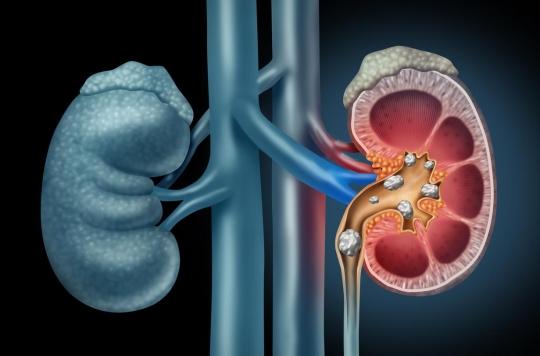The President of the Republic Emmanuel Macron announced the establishment of a new market access system for innovative drugs. An initiative hailed by patient associations.

- The sometimes very high prices of innovative drugs are explained by the cost of research for increasingly targeted treatments.
Tuesday, June 29, during the presentation of the strategy “Health Innovation 2030” at the Elysée, the President of the Republic Emmanuel Macron facilitated rapid access to innovative drugs for all patients.
A new device
Concretely, he announced the implementation of a market access system organized in three stages:
1. Obtaining marketing authorization (AMM);
2. Evaluation by the Transparency Commission of the High Authority for Health. “The improvement in actual benefit (ASMR), even if it is only level 4, remains an improvement for sick people”, comments France Assos Health.
3. Immediate marketing, even without fixing the price, whatever the level of the AMSR from 1 to 4.
This device would be tested for two years.
“Our request is finally heard”
“Rapid access to innovative medicines is finally guaranteed! Our request has finally been heard”, welcomes France Assos Santé, which welcomes the announcement of these measures while remaining vigilant on the methods of their implementation. “Rapid access to the market is both an encouragement for innovation and a response to the expectations of thousands of patients”, continues the patient association. Like France Assos Santé, many activists have been calling since 2016 for health insurance to cover medicines, often expensive, which represent a therapeutic innovation.
In the fall of 2018, through a column published in the newspaper Le Monde and signed by many oncologists, health professionals also denounced the difficulty of providing their patients with access to innovative treatments, particularly in the management bladder and lung cancers.
“A trend increase in health expenditure”
“The question of the price of drugs and the mechanisms for regulating them only very recently entered the public debate, with the marketing of several therapies at very high price levels” (for example innovative treatments against hepatitis C at 46,000 euros per cure or immunotherapies against cancer at 400,000 euros), analyzes the Institut Montaigne.
If the end of the 20th century was dominated by the discovery of chemical drugs (whose active ingredient derives from a chemical synthesis and therefore from non-living matter), the 21st century initiated the shift towards biological drugs (from plants or bacteria for example) and gene therapies (which consist of introducing genes into the cells or tissues of an individual to treat a disease).
“These treatments, mainly dispensed in hospitals, are aimed at increasingly specific diseases and increasingly small populations”, explains the Institut Montaigne, in a note published before the Covid-19 crisis, which caused the Social Security deficit to explode. “The problem of financing innovation arises in a new light in a period of strong budgetary constraints. A certain number of socio-demographic factors, such as the aging of the population or the development of chronic diseases, contribute to a trend increase in expenditure of health and call into question the financial sustainability of the system”, wrote the experts at the time.
How to assess the costs?
But costing is complex. “In the United States, we have just developed a treatment which corrects a genomic defect responsible for a disease which handicaps a lifetime. It consists of a single injection which completely cures the patient but the price of which is 2 million dollars… If we add up what it would cost to care for this patient throughout his life, it is not that expensive!”, thus relativized at the end of 2020 Jean-Jacques Zambrowskyphysician and health economist.















